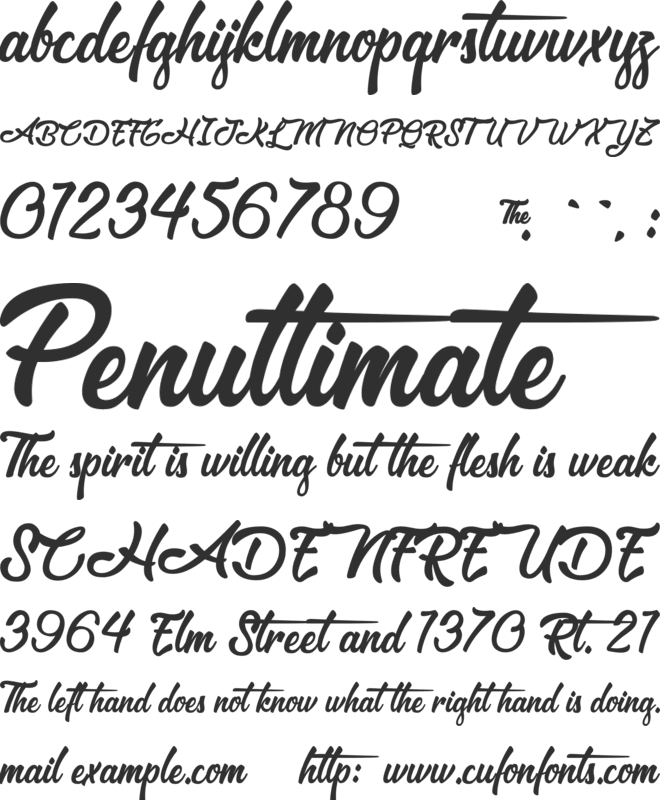


adapted his design into their product, becoming the first mass-producer of paper matchbooks.Ĭollecting of matchboxes, matchbooks, match labels and other match-related items is called phillumeny.Ī "matchcover", or "matchbook cover", is a thin cardboard covering that folds over match sticks in a "book" or "pack" of matches. Bowman's company, the American Safety Head Match Company of Lebanon, PA did not last long, and Diamond Match Co. Pusey sold his patent to the Diamond Match Trust in 1896 and then served as the company's patent attorney. Pusey challenged Bowman's patent, but Bowman's patent was upheld. However, the matchbook as we know it was patented a few weeks later by Charles Bowman of Lebanon, Pennsylvania. Īlthough paper matches were patented in the 1880s, an early paper match "folder" was patented in September 1892 by Philadelphia patent attorney Joshua Pusey. Recently, matchbooks have begun to regain some of their popularity as a "retro" advertising item, particularly in high-end restaurants. Manufacturing of matchbooks peaked during the 1940s and 1950s, then steadily declined because of the availability of disposable lighters and various anti-smoking health campaigns. The ease of making matchcovers of different shapes also made them quite a popular cheap promotional item or anniversary souvenir. The exterior of the matchcover is usually imprinted with a producer's logo, often with artistic decorations, or serves as an advertising/promotional medium for the undertaking by which it is sold or given away. The folder is opened to access the matches, which are attached in a comb-like arrangement and must be torn away before use in contrast to a matchbox where the matches are loosely packed in the interior tray. These are just a couple of different solutions to make it easier to read while still navigating your operating system with ease.Supersonic Matchbook (1985-1986 given on Concorde)Ī matchbook is a small paperboard folder (known as a matchcover) enclosing a quantity of matches and having a coarse striking surface on the exterior. You can increase the system font size in system settings, but some of the features in accessibility may prove to be handier depending on your usage. Check here for more specific information. There are some specific precautions to take before implementing these features.
Matchbook font mac os#
TinkerTools is an app you can use to adjust system and native Mac OS application fonts with more versatility. Now you can zoom in and out without having to go to the trouble of changing the screen resolutions back and forth. Now all you have to do is place the mouse arrow where you want to zoom in, then hold down option + command and the = key to zoom in or the – key to zoom out. Check the box next to Use keyboard shortcuts to zoom. Select Zoom on the left.Ĭheck the box that says, Use keyboard shortcuts to zoom. Select System Preferences in the apple drop down menu.Ĭlick on the A ccessibility icon. To do this, you have to enable the keyboard shortcuts first. If you don’t want to have to adjust your screen resolution every time you want to read some text that’s smaller than you prefer, you can zoom in to where ever the mouse arrow is. Or you can use another trick I have for you.

Well, you can simply adjust the screen resolution every time you use that application. What if you use certain applications that require you to use as much screen space as you can possibly have? What if others require you to read lots of text? This will open a window for adjusting font and icon size for items found on your desktop. It’s up to you to decide what works best. The smaller the text, the more room you’ll have to work with. That can be a real pain if you keep a lot of items on your desktop, like me. The larger you make the text, the less screen space you’ll have to work with. Now there is a tradeoff depending on what you select. Select scaled.įive options will appear for screen resolution ranging from resolutions of 1024 x 640 up to 1920 x 1200. Make sure the Display tab is selected.īelow those three tabs, will be two options to select, Default for Display and Scaled. It’s one of three options, being Display, Color and Night Shift. Make sure the Display tab at the top is selected. Once you’re in system settings, select the Displays icon to access display options. Select System Preferences in the Apple drop-down menu. Or you can click on the apple in the top left where the menu bar is and select it in the drop-down menu. There are already some handy settings built into the operating system to increase the system font size.įirst, go to system settings. Use Accessibility options to personalize.


 0 kommentar(er)
0 kommentar(er)
